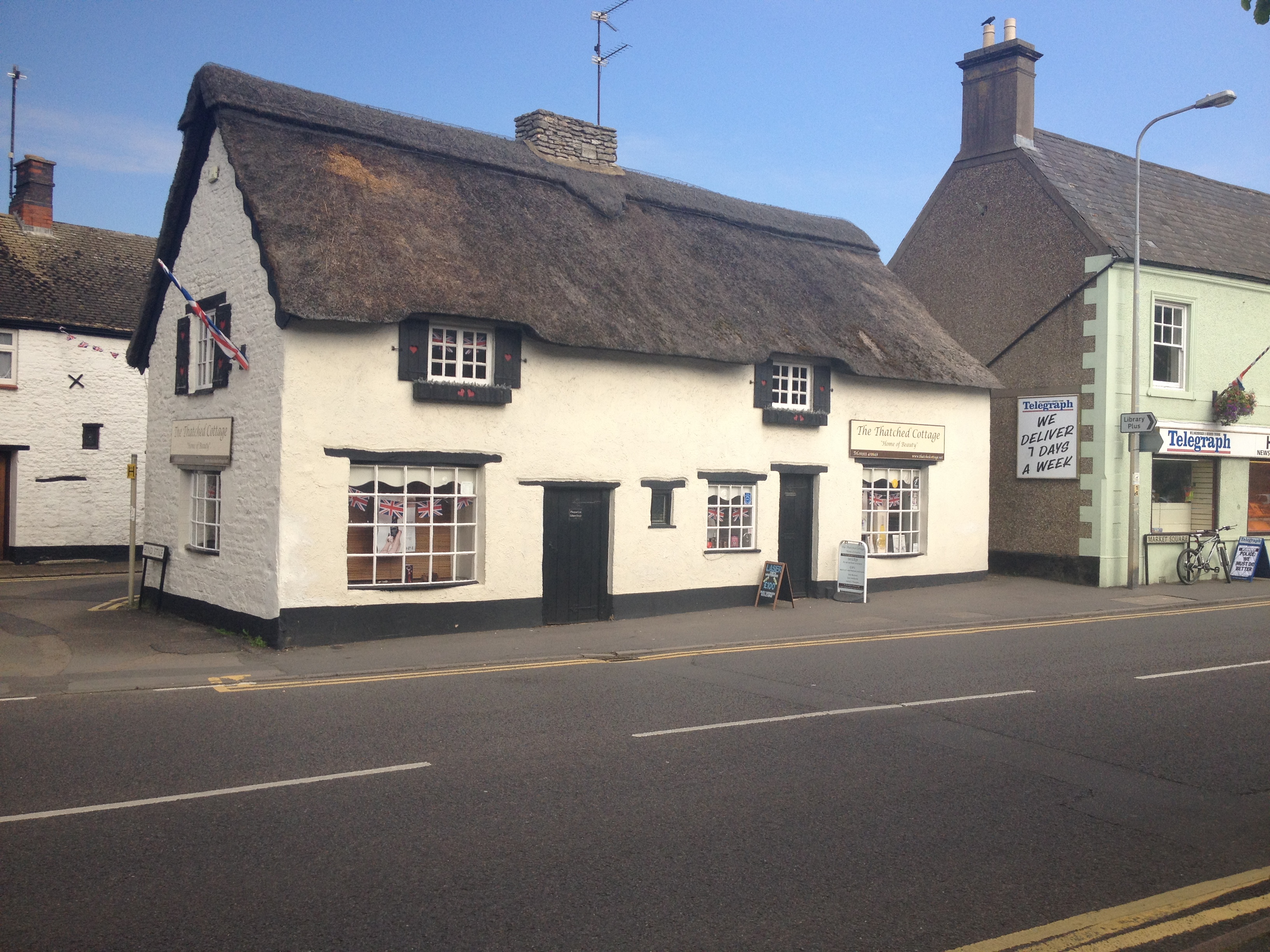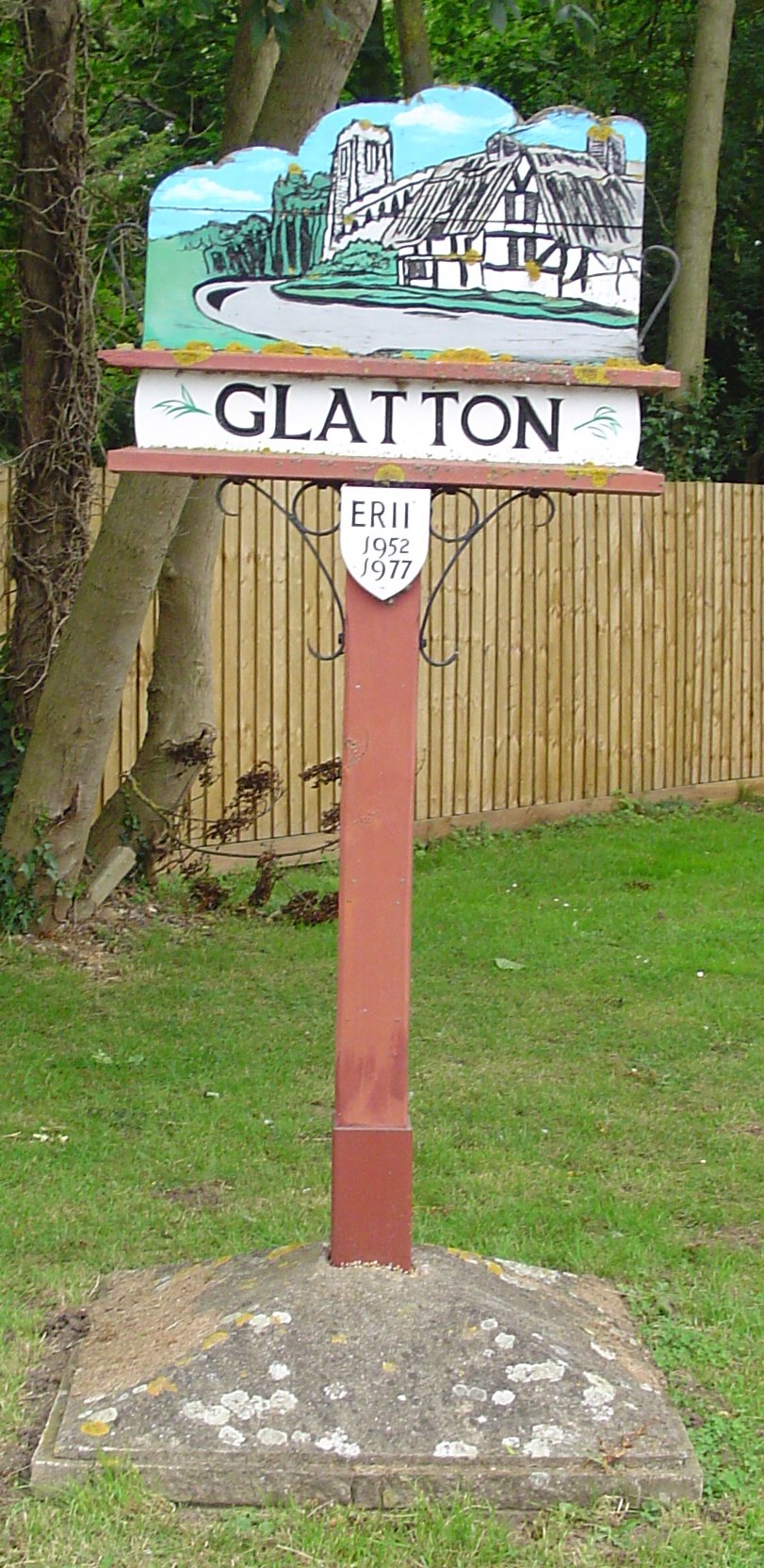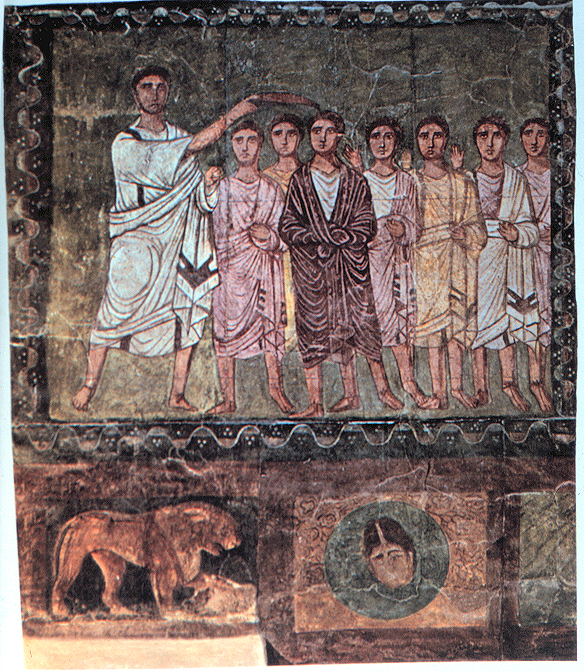|
Thomas Rudd
Thomas Rudd (1583?–1656) was an English military engineer and mathematician. Life The eldest son of Thomas Rudd of Higham Ferrers, Northamptonshire, he was born in 1583 or 1584. He served during his earlier years as a military engineer in the Low Countries. On 10 July 1627, King Charles I appointed him ‘chief engineer of all castles, forts, and fortifications within Wales,’ at a salary of £240 per annum. Subsequently, he was appointed the King's principal engineer for fortifications, and in 1635 he visited Portsmouth in this capacity to settle a question between the governor and the admiralty as to the removal of some naval buildings which interfered with proposed fortifications. In 1638, he visited Guernsey and Jersey at the request of the governors, Charles Danvers, Earl of Danby and Sir Thomas Jermyn, to survey the castles on those islands and report upon them to the board of ordnance. In February of the following year, Rudd petitioned the board of ordnance for t ... [...More Info...] [...Related Items...] OR: [Wikipedia] [Google] [Baidu] |
Higham Ferrers
Higham Ferrers is a market town and civil parish in the Nene Valley in North Northamptonshire, England, close to the Cambridgeshire and Bedfordshire borders. It forms a single built-up area with Rushden to the south and has an estimated population of 8,083. The town centre contains many historic buildings around the Market Square and College Street. History The town's name means 'High homestead/village'. The Ferrers family are mentioned in connection with the town in 1166. The hundred is named after Higham Ferrers, but the site of the meeting-place is unknown. The first Charter of 1251 was due to the Lord of the Manor, William de Ferrers, who created the Borough in order to promote a prosperous community at the gates of his castle, where people had begun to settle in numbers and to trade in the ancient market. Henry Chichele (c. 1364 – 12 April 1443) was born in Higham Ferrers. He was Archbishop of Canterbury and founded All Souls College, Oxford. In 1422 Higham Ferrers ... [...More Info...] [...Related Items...] OR: [Wikipedia] [Google] [Baidu] |
Richard Elton
Richard Elton (fl. 1650), was an English military writer. Life Elton was a native of Bristol. He was the son of Dr. Thomas Elton (died 1618), originally from Ledbury, Herefordshire and Jane Aston, daughter of Sir Edward Aston of Tixall, Staffordshire. He joined the militia of the city of London, and in 1649 had risen to the rank of major. In 1654 he was deputy-governor of Kingston upon Hull under the parliament, and two years later, being then lieutenant-colonel, he was governor-general. His son, Ensign Richard Elton, held some post under him. Much official correspondence between Elton and the admiralty is preserved among the state papers. Another son John emigrated to Connecticut and settled in Hartford. Works Elton was the author of ''The compleat Body of the Art Military, exactly compiled and gradually composed for the foot, in the best refined manner, according to the practise of modern times; divided into three books, the first containing the postures of the pike ... [...More Info...] [...Related Items...] OR: [Wikipedia] [Google] [Baidu] |
Bedfordshire
Bedfordshire (; abbreviated Beds) is a ceremonial county in the East of England. The county has been administered by three unitary authorities, Borough of Bedford, Central Bedfordshire and Borough of Luton, since Bedfordshire County Council was abolished in 2009. Bedfordshire is bordered by Cambridgeshire to the east and north-east, Northamptonshire to the north, Buckinghamshire to the west and Hertfordshire to the south-east and south. It is the fourteenth most densely populated county of England, with over half the population of the county living in the two largest built-up areas: Luton (258,018) and Bedford (106,940). The highest elevation point is on Dunstable Downs in the Chilterns. History The first recorded use of the name in 1011 was "Bedanfordscir," meaning the shire or county of Bedford, which itself means "Beda's ford" (river crossing). Bedfordshire was historically divided into nine hundreds: Barford, Biggleswade, Clifton, Flitt, Manshead, Redborne ... [...More Info...] [...Related Items...] OR: [Wikipedia] [Google] [Baidu] |
Milton Ernes
Milton Ernest is a village and civil parish in Bedfordshire, England, about north of Bedford itself. It had a population of 754 in 2001. This had risen to 761 according to the 2011 census.//www.neighbourhood.statistics.gov.uk/dissemination/LeadTableView.do?a=7&b=11126594&c=Milton+Ernest&d=16&e=61&g=6402947&i=1001x1003x1032x1004&m=0&r=1&s=1382522746743&enc=1&dsFamilyId=2575 The village is situated on the east bank of the River Great Ouse, and is the site of Milton Ernest Hall, which was used as the United States Eighth Air Force's support command headquarters in the Second World War. The village is named in the Domesday Book in the hundred of Stodden. The entry reads: "Middletone / Mildentone: Miles Crispin and William Basset from Hugh de Beauchamp; Thorgils from Nigel d'Aubigny; Reginald from Walter of Flanders; Ivo, Hugh de Grandmesnil's steward from Adelaide, Hugh de Grandmesnil's wife; a beadle from the king. Mill." All Saints' Church was built between the 12th and 15th ... [...More Info...] [...Related Items...] OR: [Wikipedia] [Google] [Baidu] |
Suffolk
Suffolk () is a ceremonial county of England in East Anglia. It borders Norfolk to the north, Cambridgeshire to the west and Essex to the south; the North Sea lies to the east. The county town is Ipswich; other important towns include Lowestoft, Bury St Edmunds, Newmarket, and Felixstowe which has one of the largest container ports in Europe. The county is low-lying but can be quite hilly, especially towards the west. It is also known for its extensive farming and has largely arable land with the wetlands of the Broads in the north. The Suffolk Coast & Heaths and Dedham Vale are both nationally designated Areas of Outstanding Natural Beauty. History Administration The Anglo-Saxon settlement of Suffolk, and East Anglia generally, occurred on a large scale, possibly following a period of depopulation by the previous inhabitants, the Romanised descendants of the Iceni. By the fifth century, they had established control of the region. The Anglo-Saxon inhabitant ... [...More Info...] [...Related Items...] OR: [Wikipedia] [Google] [Baidu] |
Huntingdonshire
Huntingdonshire (; abbreviated Hunts) is a non-metropolitan district of Cambridgeshire and a historic county of England. The district council is based in Huntingdon. Other towns include St Ives, Godmanchester, St Neots and Ramsey. The population was 180,800 at the 2021 Census. History The area corresponding to modern Huntingdonshire was first delimited in Anglo-Saxon times. Its boundaries have remained largely unchanged since the 10th century, although it lost its historic county status in 1974. On his accession in 1154 Henry II declared all Huntingdonshire a forest. H. R. Loyn, ''Anglo-Saxon England and the Norman Conquest'' 2nd ed. 1991, pp. 378–382. Status In 1889, under the Local Government Act 1888 Huntingdonshire became an administrative county, with the newly-formed Huntingdonshire County Council taking over administrative functions from the Quarter Sessions. The area in the north of the county forming part of the municipal borough of Peterborough becam ... [...More Info...] [...Related Items...] OR: [Wikipedia] [Google] [Baidu] |
Glatton
Glatton is a village and civil parish in Cambridgeshire, England, some south-west of Peterborough, near the villages of Conington, Yaxley and Stilton. It lies in the non-metropolitan district of Huntingdonshire, which is part of Cambridgeshire as well as being a historic county. A World War II airfield ( RAF Glatton) built nearby is now known as Peterborough's Conington Airport. History In 1085 William the Conqueror ordered that a survey should be carried out across his kingdom to discover who owned which parts and what it was worth. The survey took place in 1086 and the results were recorded in what, since the 12th century, has become known as the Domesday Book. Starting with the king himself, for each landholder within a county there is a list of their estates or manors; and, for each manor, there is a summary of the resources of the manor, the amount of annual rent that was collected by the lord of the manor both in 1066 and in 1086, together with the taxable value. ... [...More Info...] [...Related Items...] OR: [Wikipedia] [Google] [Baidu] |
Harleian Manuscripts
The Harleian Library, Harley Collection, Harleian Collection and other variants ( la, Bibliotheca Harleiana) is one of the main "closed" collections (namely, historic collections to which new material is no longer added) of the British Library in London, formerly the library of the British Museum. The collection comprises 7,660 manuscripts, including 2,200 illuminated manuscripts, more than 14,000 original legal documents; and more than 500 Scroll, rolls. It was assembled by Robert Harley, 1st Earl of Oxford and Earl Mortimer, Robert Harley (1661–1724) and his son Edward Harley, 2nd Earl of Oxford and Earl Mortimer, Edward (1689–1741). In 1753, it was purchased for GBP, £10,000 by the British government. Together with the collections of Sir Robert Cotton, 1st Baronet, of Connington, Sir Robert Cotton (the Cotton library) and Hans Sloane (the British Museum#History, Sloane library) it formed the basis of the British Museum's collection of manuscripts, which were transferred to ... [...More Info...] [...Related Items...] OR: [Wikipedia] [Google] [Baidu] |
Monas Hieroglyphica
''Monas Hieroglyphica'' (or ''The Hieroglyphic Monad'') is a book by John Dee, the Elizabethan magus and court astrologer of Elizabeth I of England, published in Antwerp in 1564. It is an exposition of the meaning of an esoteric symbol that he invented. Reception and influence The book received little notice in English sources, though it is praised in the 1591 edition of George Ripley's ''The Compound of Alchymy'' as well as in Elias Ashmole’s ''Theatrum Chemicum Britannicum'' (1652). A number of references appear in other languages, for example, Jean-Jacques Manget’s ''Bibliotheca Chemica Curiosa'' (1702) and Lazarus Zetzner’s ''Theatrum Chemicum'' (1602; 1659–1661); the latter reproduces the ''Monas Hieroglyphica'' in its entirety. Gerard Dorn's ''Judgement of the Spagiric Art of Johann Trithemius'' contains terms and phrases based on the ''Monas'', and his commentary on the ''Tractatus Aureus'' references the words ("Vulgaris, Hic, Oculus caligabit, diffidetque ... [...More Info...] [...Related Items...] OR: [Wikipedia] [Google] [Baidu] |
Hermeticism
Hermeticism, or Hermetism, is a philosophical system that is primarily based on the purported teachings of Hermes Trismegistus (a legendary Hellenistic combination of the Greek god Hermes and the Egyptian god Thoth). These teachings are contained in the various writings attributed to Hermes (the ''Hermetica''), which were produced over a period spanning many centuries (), and may be very different in content and scope. One of the most common uses of the label is to refer to the religio-philosophical system propounded by a specific subgroup of Hermetic writings known as the 'philosophical' ''Hermetica'', the most famous of which is the ''Corpus Hermeticum'' (a collection of seventeen Greek Hermetic treatises written between c. 100 and c. 300 CE). This specific, historical form of Hermetic philosophy is sometimes more restrictively called Hermetism, to distinguish it from the philosophies inspired by the many Hermetic writings of a completely different period and nature. A more o ... [...More Info...] [...Related Items...] OR: [Wikipedia] [Google] [Baidu] |
Peter J
Peter may refer to: People * List of people named Peter, a list of people and fictional characters with the given name * Peter (given name) ** Saint Peter (died 60s), apostle of Jesus, leader of the early Christian Church * Peter (surname), a surname (including a list of people with the name) Culture * Peter (actor) (born 1952), stage name Shinnosuke Ikehata, Japanese dancer and actor * ''Peter'' (album), a 1993 EP by Canadian band Eric's Trip * ''Peter'' (1934 film), a 1934 film directed by Henry Koster * ''Peter'' (2021 film), Marathi language film * "Peter" (''Fringe'' episode), an episode of the television series ''Fringe'' * ''Peter'' (novel), a 1908 book by Francis Hopkinson Smith * "Peter" (short story), an 1892 short story by Willa Cather Animals * Peter, the Lord's cat, cat at Lord's Cricket Ground in London * Peter (chief mouser), Chief Mouser between 1929 and 1946 * Peter II (cat), Chief Mouser between 1946 and 1947 * Peter III (cat), Chief Mouser between ... [...More Info...] [...Related Items...] OR: [Wikipedia] [Google] [Baidu] |
David Rankine
David (; , "beloved one") (traditional spelling), , ''Dāwūd''; grc-koi, Δαυΐδ, Dauíd; la, Davidus, David; gez , ዳዊት, ''Dawit''; xcl, Դաւիթ, ''Dawitʿ''; cu, Давíдъ, ''Davidŭ''; possibly meaning "beloved one". was, according to the Hebrew Bible, the third king of the United Kingdom of Israel. In the Books of Samuel, he is described as a young shepherd and harpist who gains fame by slaying Goliath, a champion of the Philistines, in southern Canaan. David becomes a favourite of Saul, the first king of Israel; he also forges a notably close friendship with Jonathan, a son of Saul. However, under the paranoia that David is seeking to usurp the throne, Saul attempts to kill David, forcing the latter to go into hiding and effectively operate as a fugitive for several years. After Saul and Jonathan are both killed in battle against the Philistines, a 30-year-old David is anointed king over all of Israel and Judah. Following his rise to power, David ... [...More Info...] [...Related Items...] OR: [Wikipedia] [Google] [Baidu] |

.jpg)



